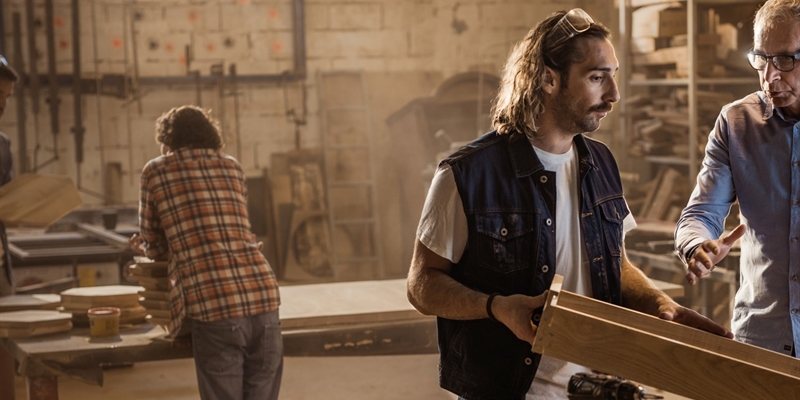-
American Veneer Edgebanding
-
Ashley Furniture Industries
-
Batesville Casket Company
-
Brighton Cabinetry Inc
-
Crown Point Cabinetry
-
Kitchen Craft Cabinets
-
Nemschoff Inc.
-
Woodcraft Industries

Contact us today to learn more about humidity for Furniture and Flooring...

Why Humidify... For Furniture and Flooring
Individuals in the woodworking field such as furniture, cabinetry, and flooring manufacturers often encounter manufacturing issues caused by dry air. These issues can include warping, shrinkage and other dimensional problems with painting, finishing and gluing; and a variety of static electricity-based problems.
The comfort of wood
Wood floors and furniture are resilient and durable when they are in a humidity controlled environment. Wood is generally esteemed due to its appealing and pleasant surface. There are various types of wood with different colors, structures, surfaces and odors. Woods with oiled surfaces are particularly positive for allergy sufferers, as they have hardly any static charge. Last but not least, wood is environmentally friendly to produce and to discard. Throughout its life cycle, it has a positive impact on our environment and on climate protection.
Living wood
Silver thistles are dependant on air humidity; their large blossoms close at night or at high air humidity levels before a storm. This is why they are also known as weather thistles. Construction wood, once living wood, reacts to air humidity also. For wood to grow, it depends on an optimal water transportation system. Its nutrients are dissolved in water. It is transported in special tubular cells through the roots in the trunk and to the leaves, where it evaporates. Nowadays, in order to process it, wood is usually dried in drying chambers at up to 140°F (60°C). Then it is ready for sawing, planing and polishing. Also after the wood has been processed, it is pervaded with tubular cells. They are more or less empty at this stage, the cell walls are dried out. If they come in contact with water, they absorb it and the cell walls expand. Wood absorbs air humidity in this way also. This characteristic is referred to as hygroscopic. Depending on relative air humidity and temperature, an internal humidity is established in the wood. At 68°F (20°C) the wood humidity amounts to about 1/5 of the relative air humidity: 9% wood humidity at 50% rel. humidity, 10.5% wood humidity at 60% rel. humidity.
Expanding and contracting
Water transportation occurs mainly along the former direction of growth. The wood expands perpendicular to this. The wood’s change in shape depends on its type, the quantity of tubular cells, the positioning of the growth rings and the grain direction. Change of shape is most pronounced in beech and least pronounced in pine. When larger surfaces and volumes of wood need to be produced, the wood is stuck together in accordance with very exact rules. This is the only way to minimize its expansion and contraction. DIN 1052, the “wood building standard”, specifies calculation values determined for the expansion and contraction of solid wood. Anyone who wishes to calculate expansion and contraction precisely calculates in accordance with DIN 52184.
Hungry air
In winter, the external temperatures are very low over the course of weeks or months. Heating and ventilation is used in buildings throughout this time. Through the heating of the cold external air, the relative air humidity noticeably reduces. The saturation hunger of the air grows to the same extent and is fed from the hygroscopic wood of parquet and furniture, among other things. The wood dries out and contracts. Especially in rooms which do not receive humidification through cooking, showering or the drying of laundry, this effect is palpable. House plants, which evaporate water, can humidify the air to a certain extent. In order to counteract the expansion and contraction of wood floors and furniture, an optimally balanced relative air humidity should be ensured. In winter, this can be achieved through air humidification.
Damages due to contraction
Veneers are the most sensitive woods. They are only between 0.5 and 8 mm thick and therefore react particularly strongly to changing air humidity. Areas in which veneers are stored for processing are therefore artificially humidified during the winter. In furniture as well as parquet floorboards, wide gaps may occur during the course of the year due to the change from dry to humid. It is therefore advisable to consider active air humidification, particularly in the cold, dry season.
Benefits of working with Condair on your furniture and flooring humidification project include:
- Reduces dimension changes of wood.
- Minimizes issues with gluing and laminating.
- Eliminates issues with wood working machinery.
- Improved product quality.
- Increases profits.
- Eliminates static electricity.


Humidification for the Wood Industry
Individuals in the woodworking field such as furniture, cabinetry, and flooring manufacturers often encounter manufacturing issues caused by dry air.

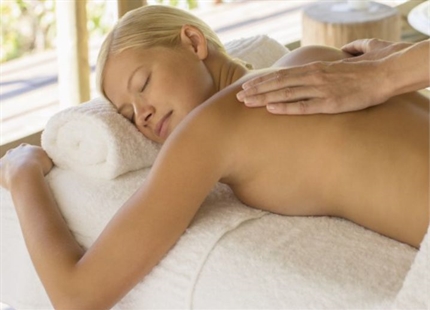
Why Humidify... For Hotels & Spas

Why Humidify... For Museums

Home humidification

Dehumidifiers for military storage

Why Humidify... For Yoga Studios
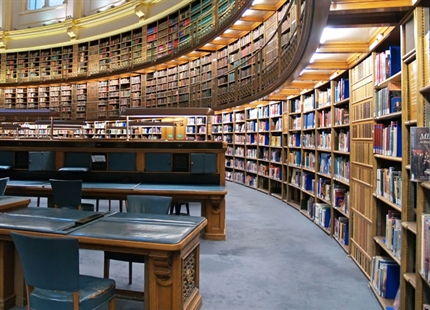
Archives & storage
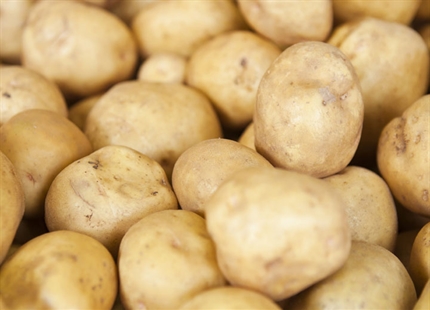
Why Humidify... For Crop Storage
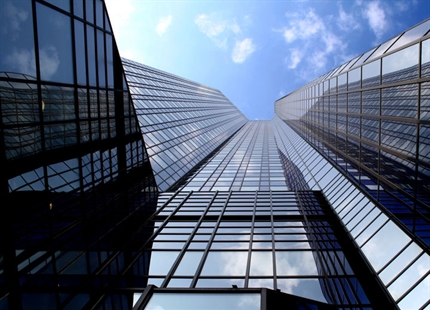
Why Humidify... For Offices

Why Humidify... For Automotive Manufacturing


